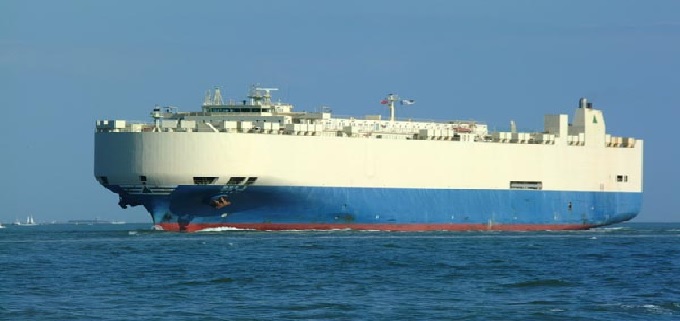PREPARATION FOR LOADING:
Shore ramp and inner ramp
Shore ramps are classified as either side ramps or stern ramps according to their position of installation. Side ramps are installed at approximately the middle part of the ship while stern ramps are installed at the aft part.
Since the width of the wharf apron (the place where vehicles run on the wharf) varies from wharf to wharf, consideration should be given in order to determine the wharf to be used and whether the side or stern ramp should be used since each of the ramps extend for a different distance from the ship side to the wharf. Stern ramps can be further classified as follows in accordance with the direction of installation. PCCs are fitted with one of, or combinations of these stern ramps.


Leave a Comment